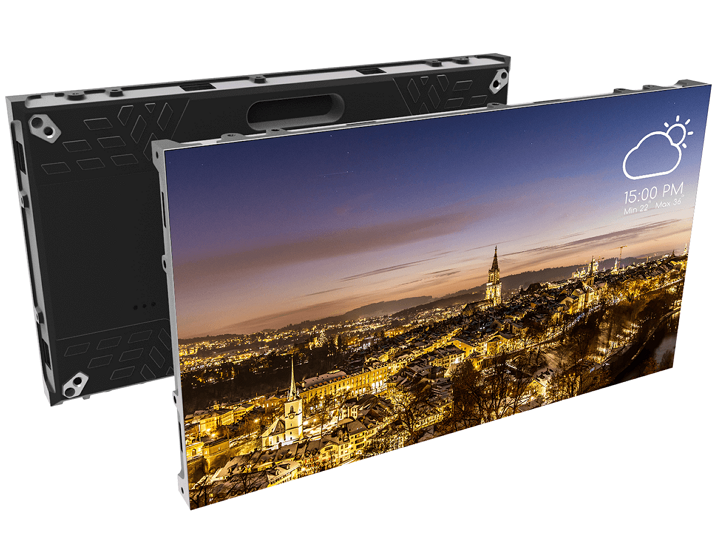A Comprehensive Comparison of Different LED Video Screen Technologies and The Applications
A Comprehensive Comparison of Different LED Video Screen Technologies and The Applications
Blog Article
Light Emitting Diode video screens are more common across various settings, such as concerts, athletic competitions, as well as business presentations. These large displays are composed of numerous small Light Emitting Diode panels that work together to create a single unified visual. Various multiple kinds of Light Emitting Diode video wall technologies available, each having its own characteristics as well as advantages. Understanding these options can assist companies and entities select the right solution for their specific needs.
A common type of LED video screen solution is the direct view LED. Such solution uses individual Light Emitting Diode units which are placed closely in proximity to create a large screen. Directly viewed Light Emitting Diode walls are known for their elevated luminosity as well as lively hues, making them ideal for outdoor activities and well-lit lit environments. They also have a broad viewing angle, which means that people can see the screen distinctly from different positions. Such renders directly viewed LED walls a favored option for sports arenas and outdoor events.
Another type of Light Emitting Diode video screen solution is the LED illuminated LCD. This solution combines conventional LCD screens with Light Emitting Diode backlighting to enhance brightness as well as hue precision. LED-backlit LCDs are often utilized in interior environments, including shopping malls and conference spaces. These displays provide superior image quality and are typically more affordable than directly viewed LED walls. However, they may often function as well in bright environments, as the illumination can occasionally dull the hues.
A third option is the OLED video wall. Organic Light Emitting Diode solution offers exceptional differentiation and color richness compared to alternative kinds of screens. Every dot in an OLED screen emits its own light, allowing for genuine blacks and lively hues. Such renders Organic Light Emitting Diode display screens especially attractive for uses which demand premium images, such as art exhibitions and luxury shopping outlets. Nonetheless, Organic Light Emitting Diode solution can be costlier costly and may not be as bright as direct view LED walls, rendering it not appropriate for external applications.
Along with these technologies, various additionally various uses for Light Emitting Diode display walls. They can be used for promotion, amusement, as well as information presentation. For example, businesses often utilize Light Emitting Diode display screens for digital signage to draw in clients and promote goods. In entertainment, these displays enhance the sight experience at concerts and events, offering lively backdrops and engaging images. In corporate environments, Light Emitting Diode video screens can be utilized for presentations, video meetings, and training programs, helping to communicate information in a aesthetically attractive way.
In conclusion, Light Emitting Diode display walls are available in various technologies, every having its own advantages and applications. Direct try this view Light Emitting Diode walls are great for external use, while LED illuminated LCDs are more suitable for interior environments. OLED display screens offer exceptional visual quality yet may be at a greater cost. Grasping the differences variations can help entities make knowledgeable choices about which type of Light Emitting Diode video screen most meets their requirements, whether for advertising, amusement, or business use.